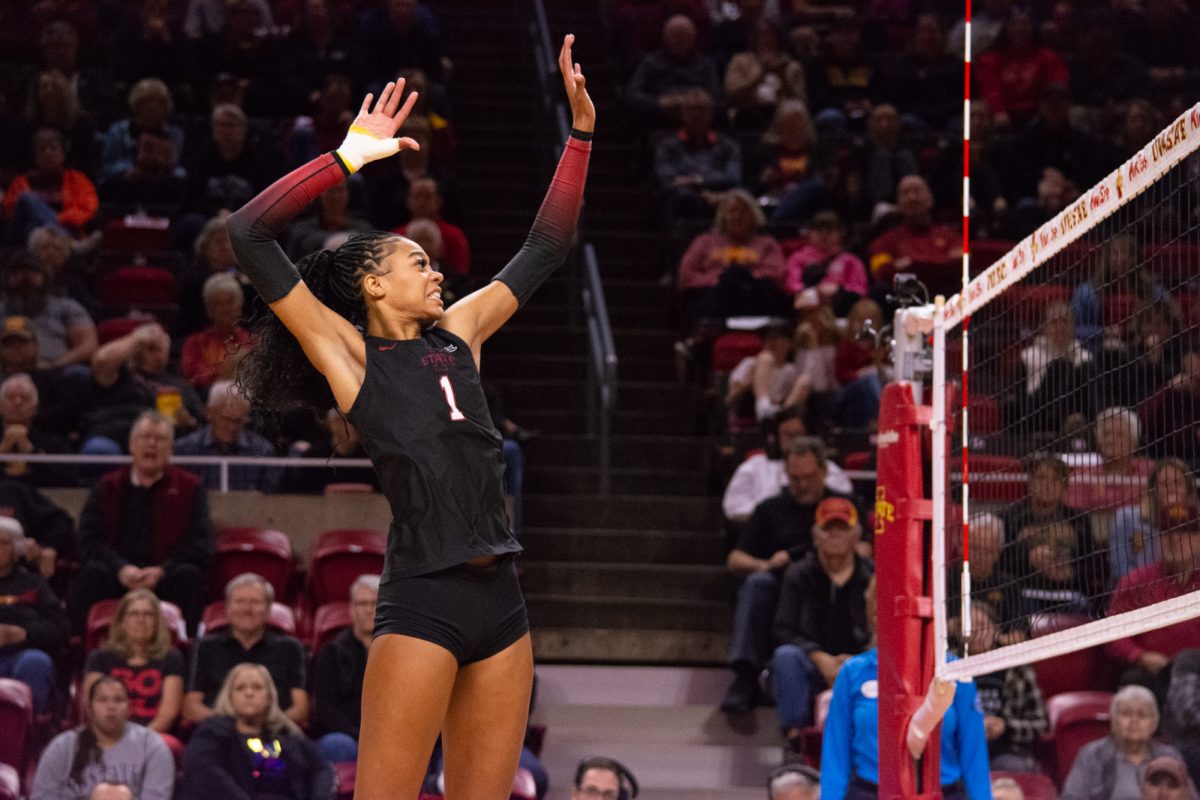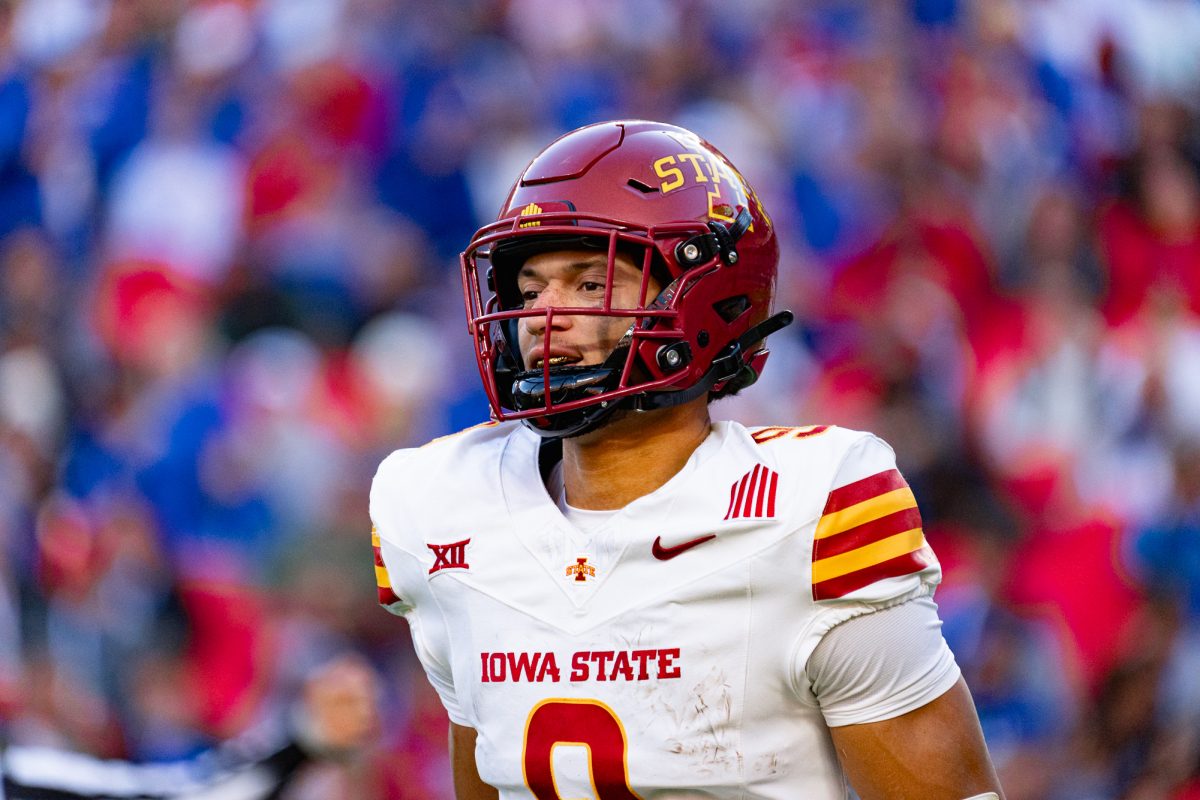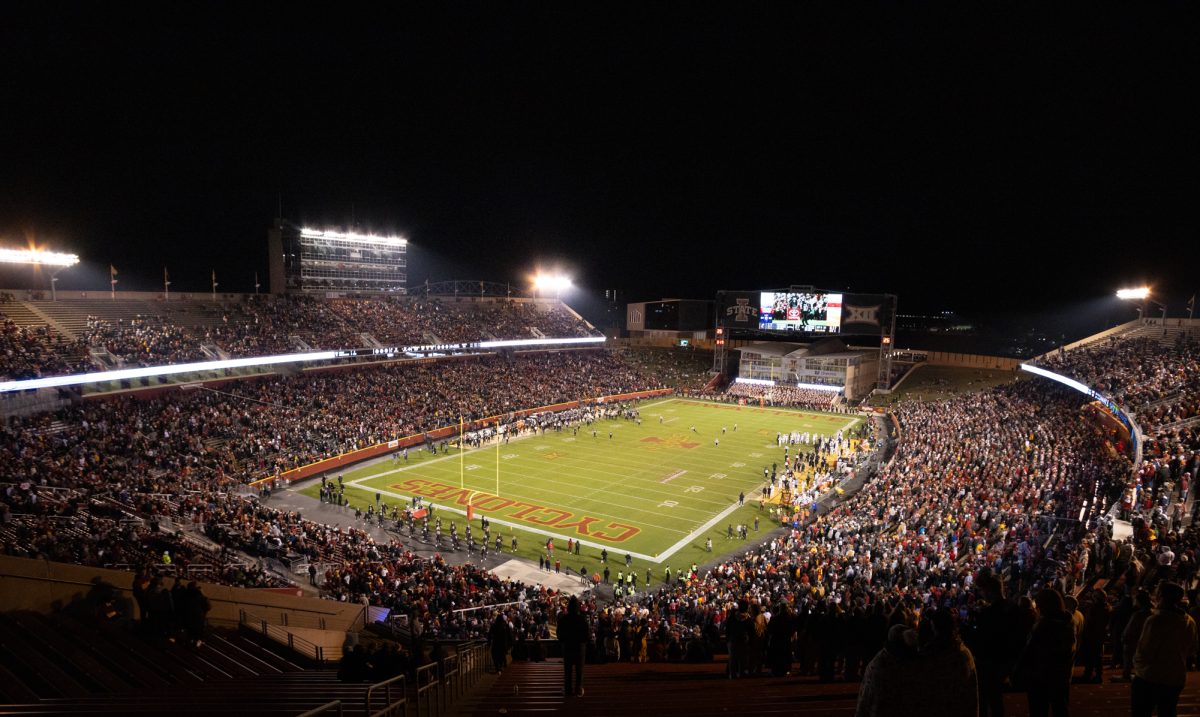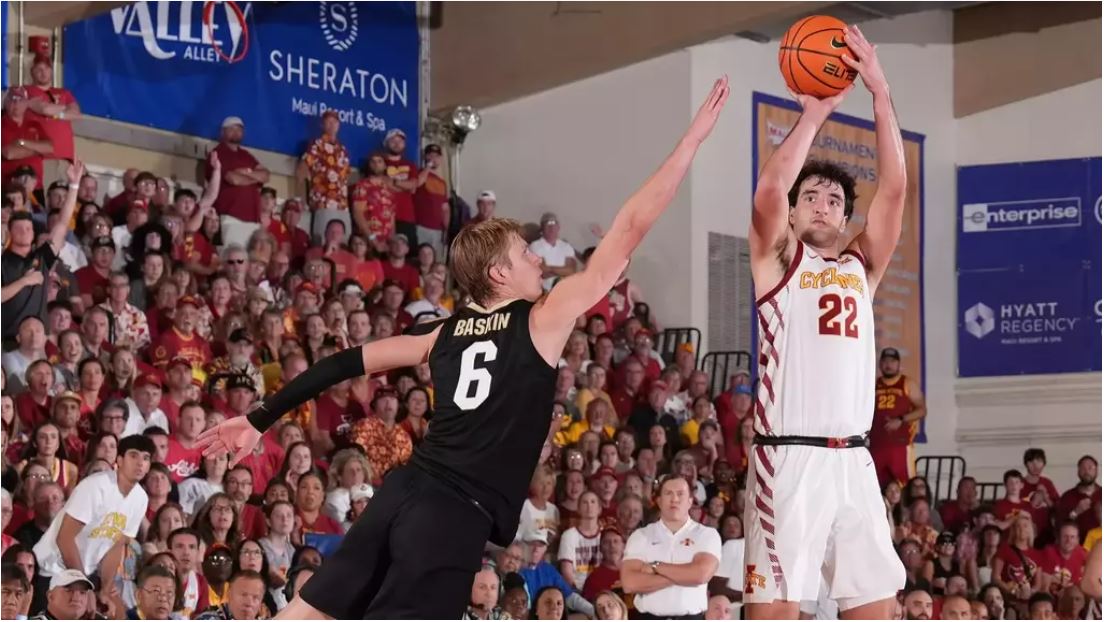COLUMN: Two different centers, two different goals
January 21, 2005
I’ve recently been confronted with a question.
More than once, people have asked, “So what about the Multicultural Center? Are we going to have a multicultural center and a Black Cultural Center?”
Of course, these questions come from people “in the know.” The majority of students do not know that the university is trying to facilitate dialogue about creating a multicultural center on campus.
The dialogue has been going on for over 20 years. That’s right. Students, faculty, student organizations, alumni, administrators and people in the ISU community generally have been pushing for a center celebrating culture, diversity, community and dialogue for over 20 years. And, no, Iowa State still does not have a multicultural center, in case you were looking for one, too.
Recently, though, the Memorial Union earmarked space in its 10-year projections for creating the center we’ve been looking for. About 3,800 square feet have been set aside for building a multicultural center within the Union.
Though some feel this is far too little space or “too little too late,” one cannot deny that Iowa State is moving forward on the issue. Now is certainly not the time to complain and slap the offer away. It may not come around for another 20 years.
But the question for many is why we need both a Black Cultural Center and a multicultural center. The question becomes particularly relevant in the face of organized efforts to restore the Black Cultural Center during the ongoing dialogue about the upcoming multicultural center.
The answer is that the multicultural center would be owned and operated by the university; the Black Cultural Center is not.
The Black Cultural Center is not a part of the formal ISU facilities plan. It doesn’t appear on the ISU campus map, much like a fraternity or sorority house. It’s owned by “the black students of Iowa State,” not by the university.
The multicultural center would be an ISU facility, granted equal status with a new history or engineering building (well, actually, I’m sure we’ll cross that bridge when we get there).
This means that Iowa State embraces the idea of providing a center for the exchange of culture as one of its priorities. That’s meaningful.
Beyond the legality, the Black Cultural Center and a multicultural center serve two distinct and vital purposes.
The Black Cultural Center marks a student contribution to the ISU community. Students raised the money and the support for the existence of their “home away from home,” of their “definable presence” in this community.
With the political and social backdrop of 1969, the Black Cultural Center reminded black students that it was okay to be black, that they could embrace their heritage and their culture.
It still serves that purpose today. The center is not a reminder of racial division but an acknowledgement and appreciation of ethnic differences.
That does not negate the need for a multicultural center. The multicultural center would represent Iowa State’s commitment to cultural diversity. When Iowa State seeks to attract “the best and the brightest,” it needs to reflect this commitment in a place that welcomes these students. Some students need a place where they can feel comfortable and not be a “minority.”
All students need a place where they can learn about and celebrate other cultures in a fun and relaxing way, on their own time. Why not here at Iowa State?
The cultural center was the third building I saw when I visited Drake’s campus. The University of Northern Iowa has a cultural center. It is not a foreign concept, not even in Iowa.
The Black Cultural Center and the multicultural center do not compete with each other, nor do they overshadow each other. Both need the support of the ISU community, though.
That support would represent progress, not a fixation on past problems.
Real progress is when we can see one another’s differences and smile, instead of trying to look past them in a haste to conquer another piece of the day without feeling guilty for the mistakes made yesterday.





